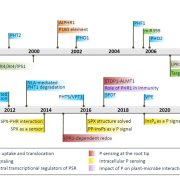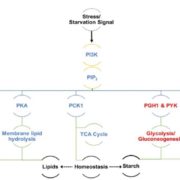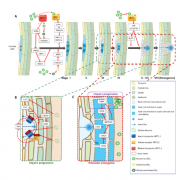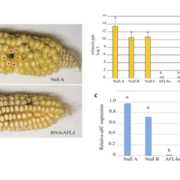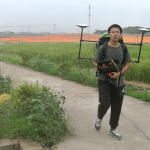A research road map for responsible use of agricultural nitrogen (Front. Sustain. Food Syst.)
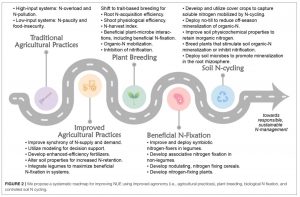 Recently, the UN Environment Programme identified excessive reactive nitrogen (N) resulting from anthropogenic activity as one of the five emerging threats facing our planet. Much of this derives from agricultural practices in which N fertilizers are inefficiently applied to crops, a significant proportion of N being lost to surrounding environments. Udvardi et al. outline a roadmap for future years in how we can optimize agricultural N use efficiency (NUE) over multiple N-related practices. This roadmap can be summarized temporally. In the short-term, focusing on improving agricultural practices, such as better synchronizing N deployment with a crop’s actual N-usage, would help decrease N-pollution and inform future practices. Over time, these practices can be optimized with multiple N-related R&D discoveries, including plant breeding for more N-efficient cultivars, or improved utilization of N-fixers in legumes or potentially even non-legumes. Alongside a plethora of reviewed methodologies for improving NUE, the authors note that in addition to scientific solutions, there is a societal role necessary for solving our global issue of N-pollution, including “…expanding the farming objectives from the primary focus on production-for-profit… to include stewardship-of-the-land and surrounding environment, which is crucial for sustainability of agriculture and society.” (Summary by Benjamin Jin) Front. Sustain. Food Syst. 10.3389/fsufs.2021.660155
Recently, the UN Environment Programme identified excessive reactive nitrogen (N) resulting from anthropogenic activity as one of the five emerging threats facing our planet. Much of this derives from agricultural practices in which N fertilizers are inefficiently applied to crops, a significant proportion of N being lost to surrounding environments. Udvardi et al. outline a roadmap for future years in how we can optimize agricultural N use efficiency (NUE) over multiple N-related practices. This roadmap can be summarized temporally. In the short-term, focusing on improving agricultural practices, such as better synchronizing N deployment with a crop’s actual N-usage, would help decrease N-pollution and inform future practices. Over time, these practices can be optimized with multiple N-related R&D discoveries, including plant breeding for more N-efficient cultivars, or improved utilization of N-fixers in legumes or potentially even non-legumes. Alongside a plethora of reviewed methodologies for improving NUE, the authors note that in addition to scientific solutions, there is a societal role necessary for solving our global issue of N-pollution, including “…expanding the farming objectives from the primary focus on production-for-profit… to include stewardship-of-the-land and surrounding environment, which is crucial for sustainability of agriculture and society.” (Summary by Benjamin Jin) Front. Sustain. Food Syst. 10.3389/fsufs.2021.660155


